By Linda E. Thomas,
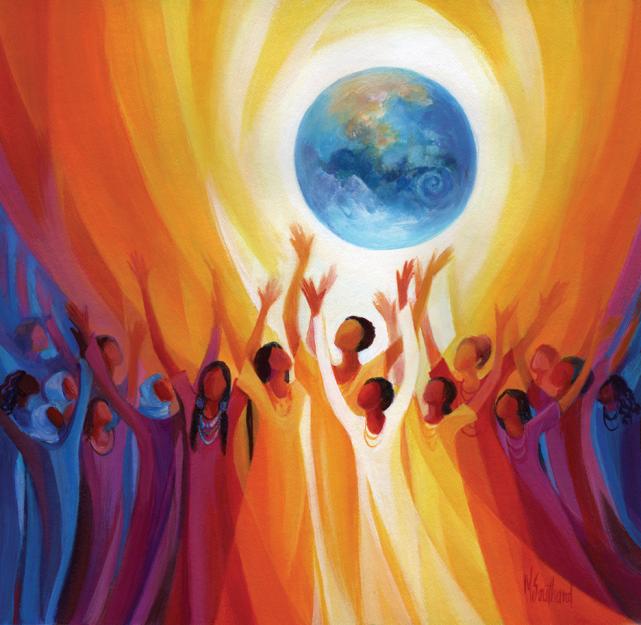
In December 2017, I received an invitation from The Federation of Swedish Christian Humanists to give two lectures about Hope in August, 2018. When I read the letter of invitation, I thought to myself, “Why on earth would Swedish Christians who consider themselves humanist “call” upon me to talk about hope?” I sent an affirmative response believing that God must be involved in this “call.” I remembered I Peter 3:15b, “Always be prepared to give an answer to everyone who asks you to give the reason for the hope that you have. But do this with gentleness and respect.”
I gave those lectures the first week of August and have recently returned home from Sweden. The lectures titled: The Dis/comforting God: Theological Reflections on Hope During Morose Times and Mourning and Morning: Theological Sources for Renewal and Hope were well received. However, what is most significant and what I want to write about in this post is what happened to me as I interrogated Hope. It was a daunting task to spend weeks thinking and writing about a central part of my life and faith: Hope.
When I think of the events that made the news of this past week — 550 children still separated from their families, exposure of a church-wide cover-up of “predator priests” by a grand jury in Pennsylvania, the death of two (see hereand here) African American women who were a foundational part of the fabric of this country, and one African American woman called a “dog” by the commander-in-chief of this country — I have little energy to muster any hope.
Was I a fraud to have offered the lectures on hope when I often feel hopeless? I do not believe that I can experience Hope continually and hence, in part because I know that the essence of Hope is birthed right when it almost dies and/or stops flourishing within us.
So when I interrogated Hope, asking, “Who are you and where do you come from?”
Hope responded, “I come in a distance tide. I am in the wake when you experience the most profound and ardent sorrow. I come after disappointment, your biggest trial, your most painful ordeal. I show up not only after personal sorrow but after a catastrophic calamity in society and in the world.”
She continued, “I am the one who considers possibilities when you feel powerless. I dream the impossible dream on your behalf when you feel dreadful because of inner (personal) and outward (societal) pain. I show up when you believe you cannot go on. I am the sunshine on the dreariest of day.”
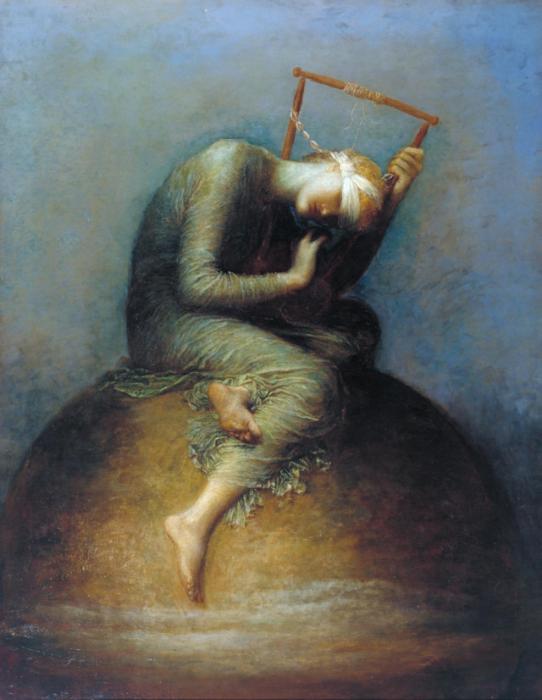
In 1886, George Frederick Watts painted a portrait titled Hope, depicting a woman who looks forlorn holding a lyre with one string, and sitting on top of the world. In 1990, Dr. Jeremiah Wright, Jr, wrote a sermon called “The Audacity to Hope” based on the story of Hannah in Samuel. Wright points out that Hope is sitting on top of the world, and she is surrounded by evil and suffering. Her head is wrapped in a blood-stained cloth, and that does not include cuts on her face and limbs.
Watts’ painting suggests that regardless of the evil surrounding this young woman she has the grit to defiantingly strump the one string on her lyre. Nelson Mandela had a replica of this painting in his cell, and Barack Obama had a copy in the oval office. Words from Vitor Westhelle’s book Transfiguring Luther: The Planetary Promise of Luther’s Theology come to mind as well: “trouble, trial, and suffering produces hope”(154).
Having had a conversation with Hope and considered Watts portrait of Hope, I made a recipe for HOPE. Here are the ingredients:
1 cup of joy
1 cup of happiness
2 pounds of despair
2 pounds of pain
thyme (the amount depends on your taste)
Mix well and put in God incubator’s /God’s oven.
The recipe is completed when you decide it is. Some will ask, “Isn’t Hope done, yet?” Your response to the question is one that only you can make. A good example of Hope being ready only when one is ready is the recent story about Orca whale whose calf died soon after birth off the Canadian coast.That mama mammal killer whale carried her baby for 17 days – scientists having no problem calling such distinctive behavior grief, just as we humans experience it.
Ritual action may help creatures move toward healing, and hope may come faintly and then disappear. Chronos does not dictate when or how Hope shows her face. Hope is embedded in Kairos. Hope can take a tumble when hardships come, and yes, the ritual may have to begin anew. However, it may not have to start from the beginning, but rather somewhere between the beginning and where this new trial occurred.
Death has no sting–even if dominant sadness does not overcome joy. Moroseness does not defeat Hope. Hope comes through because, as black folk wisdom puts it, “Trouble don’t last always.”
Portraits of Hope: The Queen of Soul, The Unctuous, Trailblazing Womanist,
Two powerful African American women died in the past ten days. I haven’t lost hope because of their deaths, but I certainly have been challenged.
I paint a new portrait of Hope made from the tapestry of their lives:
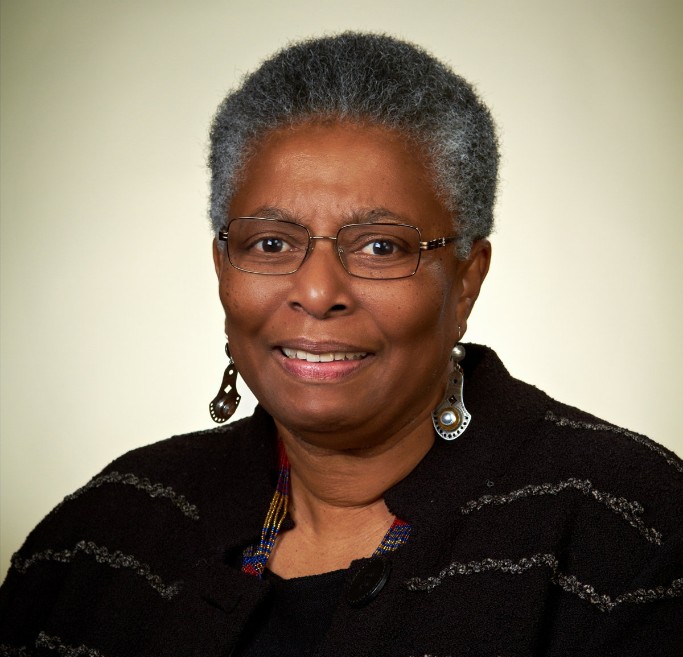
I begin with my friend and mentor, the Rev. Dr. Katie Geneva Cannon, whom I considered my “big” sister because she was a Ph.D. student at Union Theological Seminary in NYC where I did my M.Div.
Katie was a storyteller and prolific writer with a wit that would split your side because of laughter. Ordained in 1974, she was the first African American woman ordained in the Presbyterian Church USA, and I shall never forget the poster showing her and a white woman celebrating communion. This was a very powerful image for a young woman like myself who had been called to the ministry of word and sacrament but challenged by some of the black male colleagues with whom I shared classes.
She experienced the devastation of completing all of her course work in Hebrew Bible at Union and was then told she could not continue, starting course work again in Christian Ethics, studying with Beverly Harrison. Katie tells the story of Dr. Harrison telling her, “Katie, I want you to write about black women in your papers.” Katie would not do so because she felt that she was being set up to fail the course, but finally Beverly convinced her that that was really what she was called to ask her to do. We can now see that Beverly Harrison was the one who mid-wived a black feminist who used the word womanist in an essay, “The Emergence of Black Feminist Consciousness,” where Cannon writes…
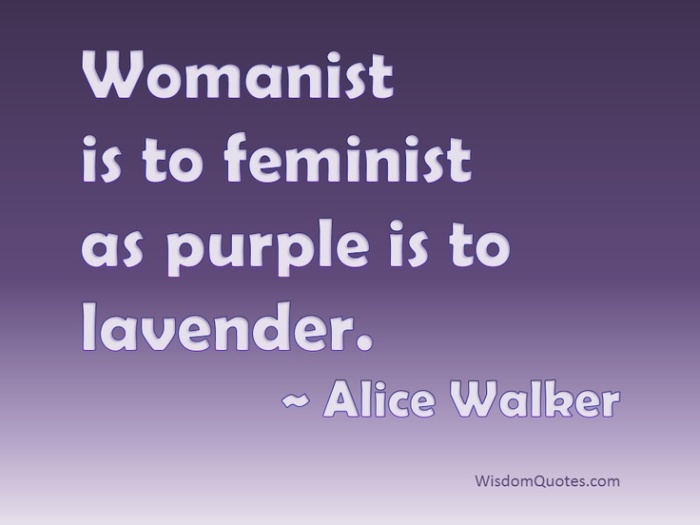
Black feminist consciousness may be more accurately identified as Black womanist consciousness, to use Alice Walker’s concept and definition. (17) As an interpretive principle, the Black womanist tradition provides the incentive to chip away at oppressive structures, bit by bit. It identifies those texts which help Black womanists to celebrate and rename the innumerable incidents of unpredictability in empowering ways. The Black womanist identifies with those biblical characters who hold on to life in the face of formidable oppression. Often compelled to act or to refrain from acting in accordance with the powers and principalities of the external world, Black womanists search the scriptures to learn how to dispel the threat of death in order to seize the present life.
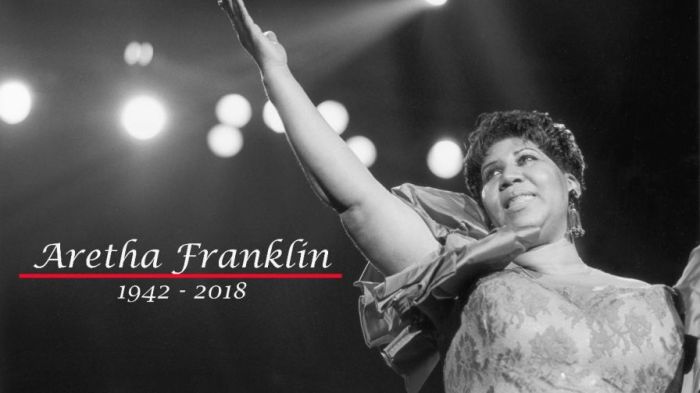
Aretha Franklin was, in the words of Jack Hamilton, “the Defining Voice of the 20th Century.” I first heard “Lady Soul” while growing up in Turner Station, a segregated black community in Baltimore, Maryland. During the summer I could hear her voice floating through the screen doors of of my neighbors. She was very influential because her father was a pastor and she grew up singing in her church. Her voice expressed faith, courage, and strength through her relationship with God. Later, when she added pop music to her repertoire, her faith was connected to who she was as a black woman artist – a subject touched upon eloquently, too, in an article from Harvard University.
Like Sojourner Truth, she was aware of the overlapping oppressions she experienced because she was a black woman. Racism and sexism were real to the people she loved and she was aware that it was structural sin, so she spoke to it in her 1972 album ”Young, Gifted, and Black.”
Aretha’s distinctive voice was honed in the church and if you doubt it, listen to her sing, “O Mary Don’t You Weep; Tell Martha Not to Moan” – a tribute to the death of her brother, Lazarus.
Faith oozed though her cells, as did justice. A proud resident of Detroit, Michigan, who “stayed and slayed,” (Beyonce wasn’t even born, but yes, she stands on Lady Soul’s shoulders!) she fought for justice in her industry. Her famous song “R-E-S-P-E-C-T” was written originally by Otis Redding with the chauvinist intent of demanding respect from his spouse, but Ms. Franklin turned it into a call for respect because she and other artists were not paid royalty payments for singing the song – and ironically launched the tune into wider fame.
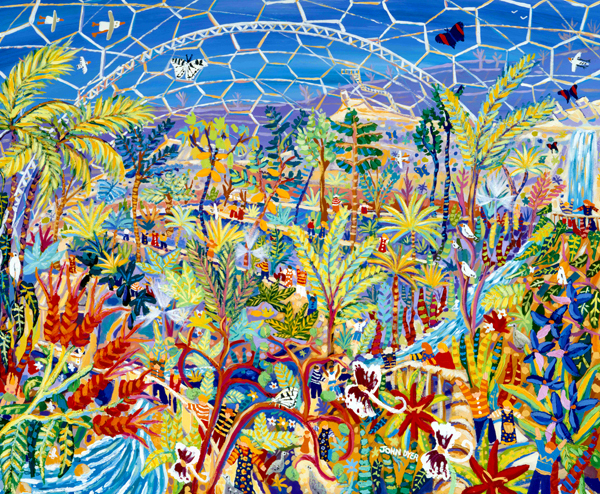
And these women – black women, women of faith, women who lived through unbelievable hardship – give me HOPE. As a black woman, there are any number of reasons not to have hope, but also as a black woman, I know that hope is something you can prepare, make in bulk, store away.Sisters Aretha and Katie understood this deeply because they lived it, showed that by building community, standing strong in the face of any and all opposition, and being true to the call that God puts in you, these are ways that you can keep hope flourishing in yourself – no matter what happens.
Does this make the pain hurt any less? No. By no means. But as my recipe showed above, a small amount of happiness and joy can transform a whole mess more of pain and despair. And so these days, as my heart grieves from all the pain in my life and in this country, you can find me in my home, kneading and mixing and working my ingredients, waiting for – like Maya Angelou, like bread, like Jesus – to rise.
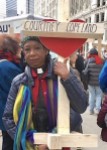 Dr. Linda E. Thomas has engaged students, scholars and communities as a scholar for thirty-one years. She studies, researches, writes, speaks and teaches about the intersection and mutual influence of culture and religion. Her work is rooted intransitively in a Womanist perspective. An ordained Methodist pastor for 35 years with a Ph.D. in Anthropology from The American University in Washington D.C. and a Master of Divinity from Union Theological Seminary in New York City, Dr. Thomas’s work has taken her to South Africa, Peru, Cuba and Russia. She has been recognized as an Association of Theological Schools Faculty Fellow as well as a Pew Charitable Trust Scholar.
Dr. Linda E. Thomas has engaged students, scholars and communities as a scholar for thirty-one years. She studies, researches, writes, speaks and teaches about the intersection and mutual influence of culture and religion. Her work is rooted intransitively in a Womanist perspective. An ordained Methodist pastor for 35 years with a Ph.D. in Anthropology from The American University in Washington D.C. and a Master of Divinity from Union Theological Seminary in New York City, Dr. Thomas’s work has taken her to South Africa, Peru, Cuba and Russia. She has been recognized as an Association of Theological Schools Faculty Fellow as well as a Pew Charitable Trust Scholar.
Source: We Talk, We Listen.


Facebook Comments